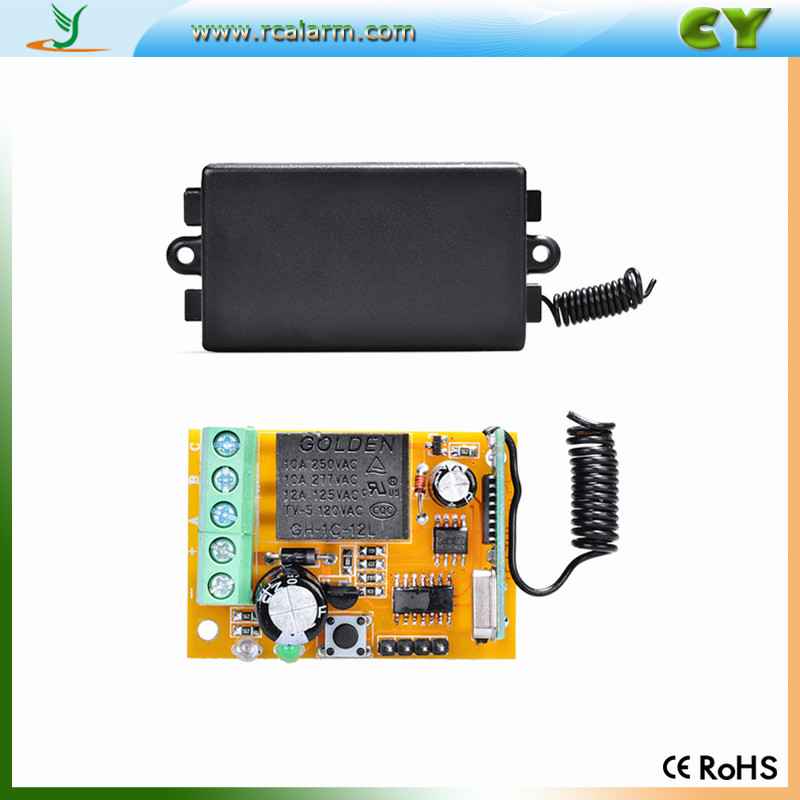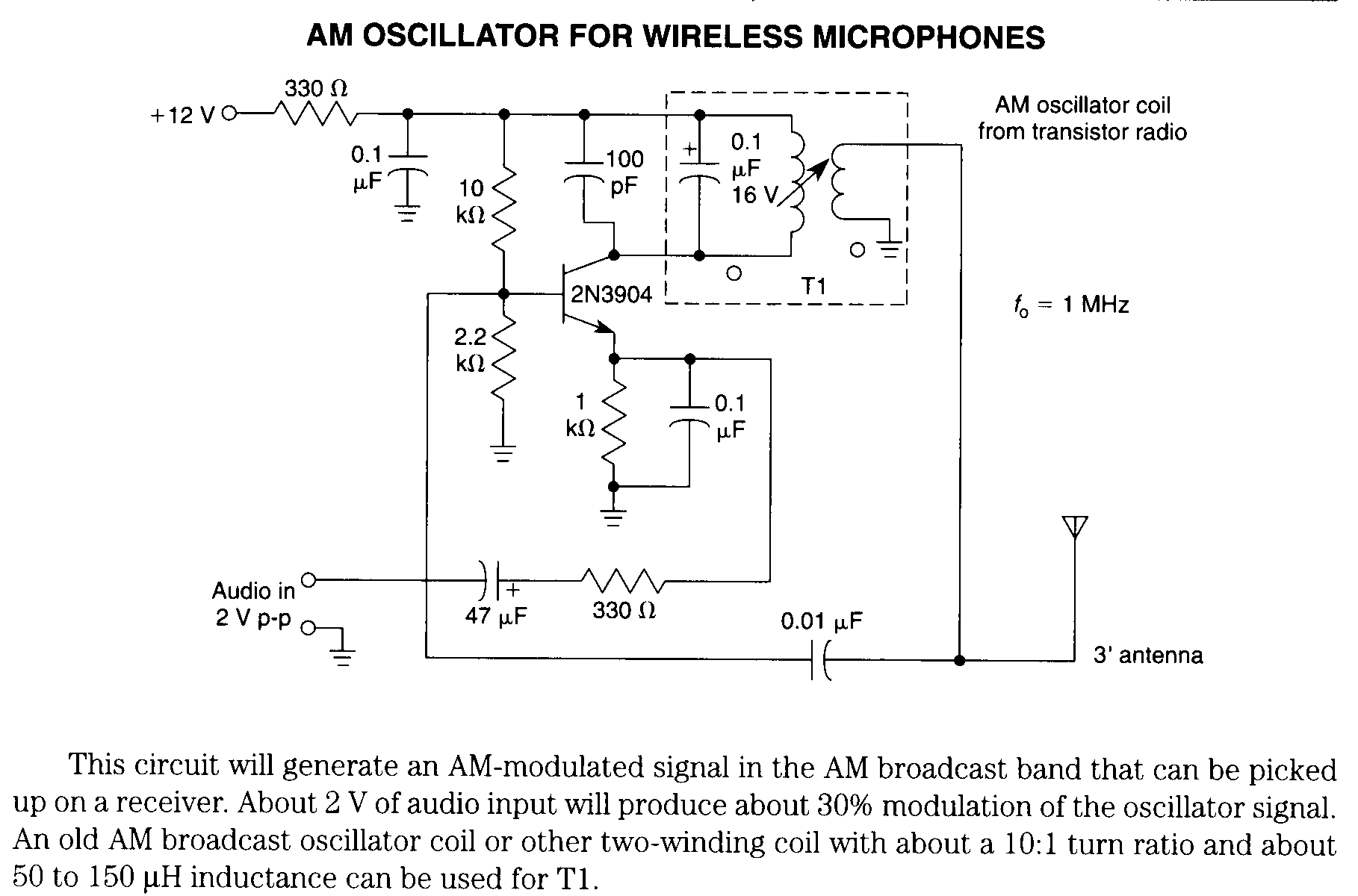
Some are designed for short-range, indoor applications of a few hundred feet, while other sensors can transmit data to a receiver located miles away.

Range: The range of wireless sensors varies widely. If instantaneous measurement is necessary, this must be taken into consideration when selecting the wireless transmitter because certain models may not offer the desired response time. Sensors are specifically designed for temperature, pressure, flow, etc., and must be selected accordingly.Īccuracy and Response Time: How accurate does the measurement need to be, and how quickly should the measurement be updated? Most wireless sensors are as accurate as their wired counterparts however the readings are typically transmitted every few seconds to preserve battery power. Wireless transmitters (which incorporate wireless process measurement and control) typically have a unique function. Type of Measurement: It is important to understand what is being measured. There are a number of items to consider when selecting a wireless measurement instrument. Switching to wireless instruments will provide convenience and capability. OMEGA's extensive line of products includes wireless meters and transmitters that have built-in displays, alarms, and controllable outputs. Wireless process control can reduce the cost of monitoring and running a factory by eliminating the need for extension wire, conduit, and other costly accessories.Īll of OMEGA's wireless products expand upon the capabilities of traditional wired sensors and controllers. Additionally, a number of wireless sensors have the ability to create a unique web page making up-to-the-minute data, accessible anywhere in the world. This provides a centralized control of a factory.

Wireless sensors can be used to form a web/network that would allow an engineer to monitor a number of different locations from one station. Wireless measurement is also useful for obtaining data in hard to access locations. Using wireless sensors, operators can continuously supervise processes in hazardous environments and report the data back to an operator in a monitoring facility located at a safe distance away. Wireless instruments can be used in locations that are difficult to access due to extreme conditions such as high temperature, pH, pressure, etc. What are the primary benefits of using wireless sensors? The radio signal is interpreted by a receiver which then converts the wireless signal to a specific, desired output, such as an analog current or data analysis via computer software. Wireless sensors are standard measurement tools equipped with transmitters to convert signals from process control instruments into a radio transmission.

Wireless Sensors Introduction to Wireless Sensors


 0 kommentar(er)
0 kommentar(er)
